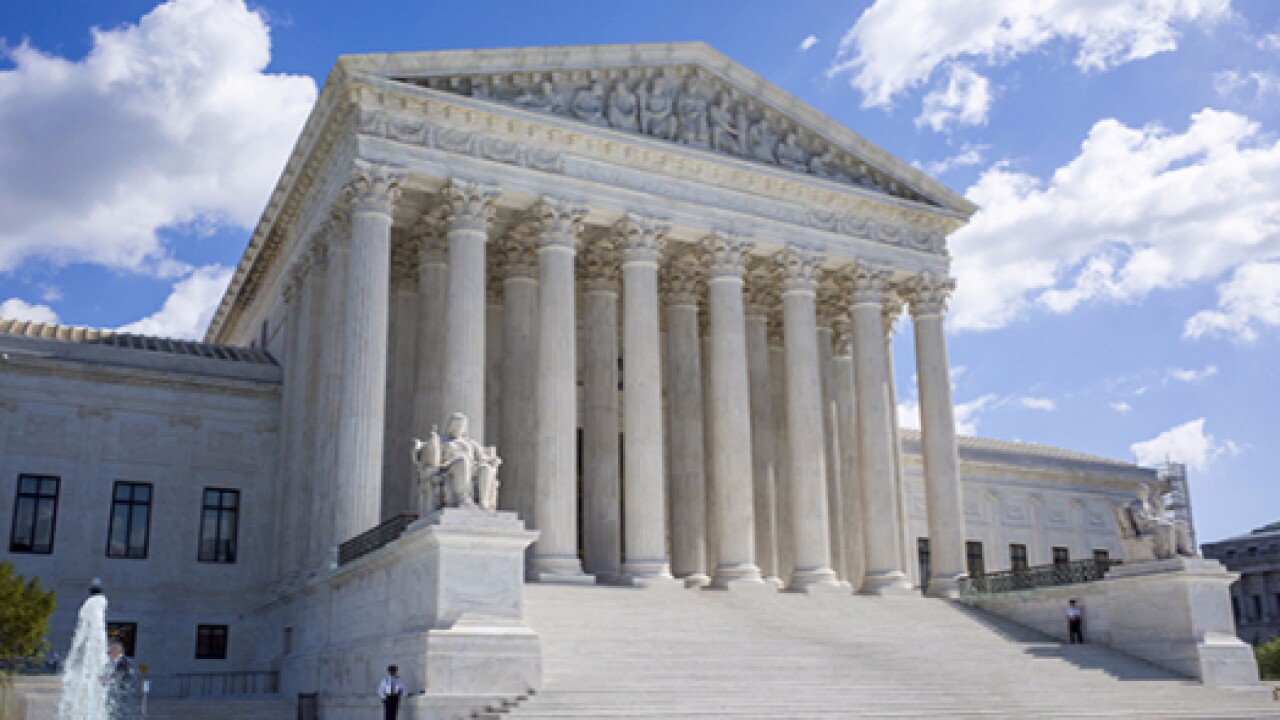The growth curve of the total mortgages with coronavirus-related forbearance flattened out even more than it has in recent weeks, as the number of forborne loans increased only 7 basis points between May 25 and May 31, according to the Mortgage Bankers Association.
About 8.53% of all outstanding loans or nearly 4.3 million mortgages sat in forbearance plans as of the end of May, compared to 8.46% and just over 4.2 million

The share of loans in forbearance at independent mortgage bank servicers grew at a higher rate, increasing to 8.39% from 8.21% over that period. At depositories however, the share of forborne mortgages reversed, edging down to 9.18% from 9.19%. It's the first decline in either sector since the MBA started its weekly tracking in late March.
"More homeowners are exiting forbearance and we are seeing
The share of conforming mortgages — those purchased by Fannie Mae and Freddie Mac — in forbearance also merely inched up, going to 6.4% from 6.39%. The share of forbearance of private-label securities and portfolio loans — products which were not addressed by the coronavirus relief act — shot up to 10.03% from 9.67% one week earlier.
For the eighth straight week, forbearance requests as a percentage of servicing portfolio volume decreased, falling to 0.17% on May 31 from 0.2% on May 24. Call center volume as a percentage of portfolio volume rose to 6.7% from 6.4%.
The MBA's sample for this week's survey includes a total of 51 servicers including 28 independent mortgage bankers and 21 depositories. Two subservicers also were part of the sample. By unit count, the respondents represented nearly 76%, or 38.2 million, of outstanding first-lien mortgages.
While the velocity of forbearances continues to slow, the high level of forborne loans opens the question of what happens when the moratorium period ends.
"Most of the market constituents are showing really positive reactions,





